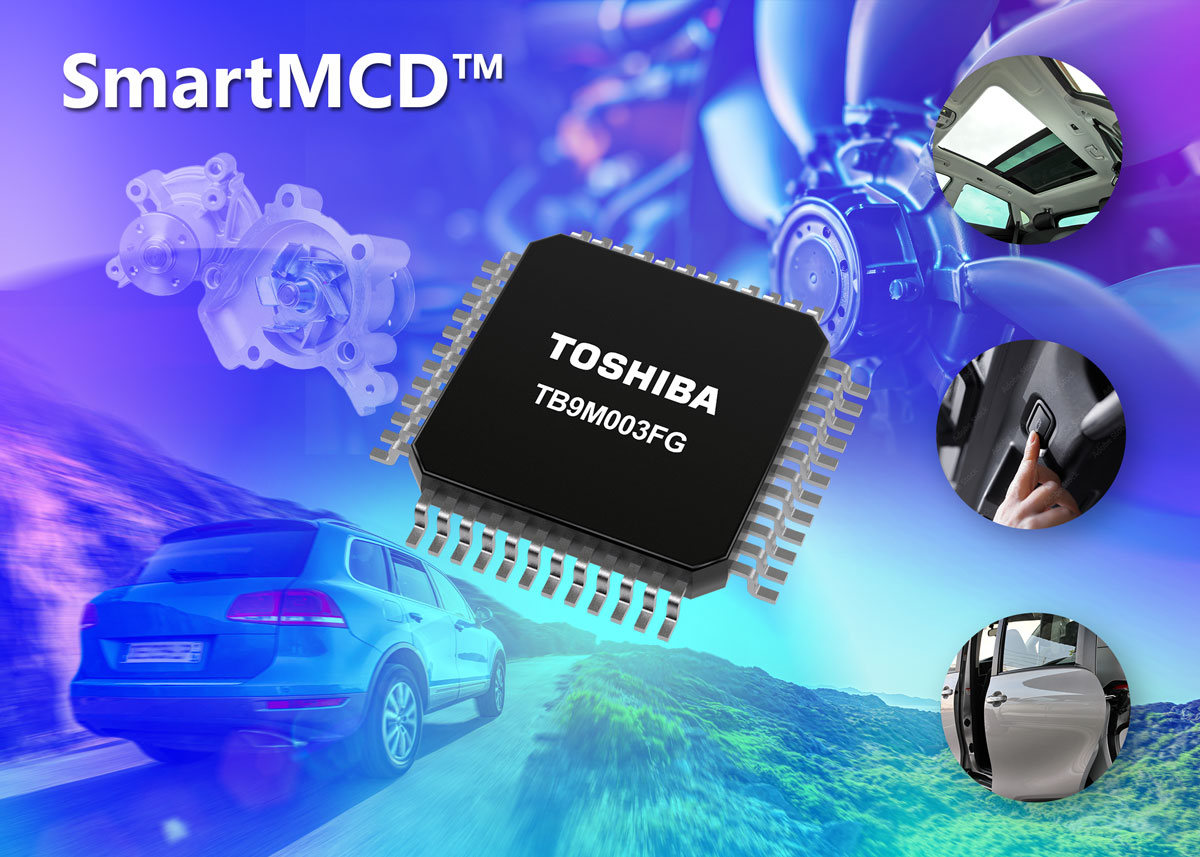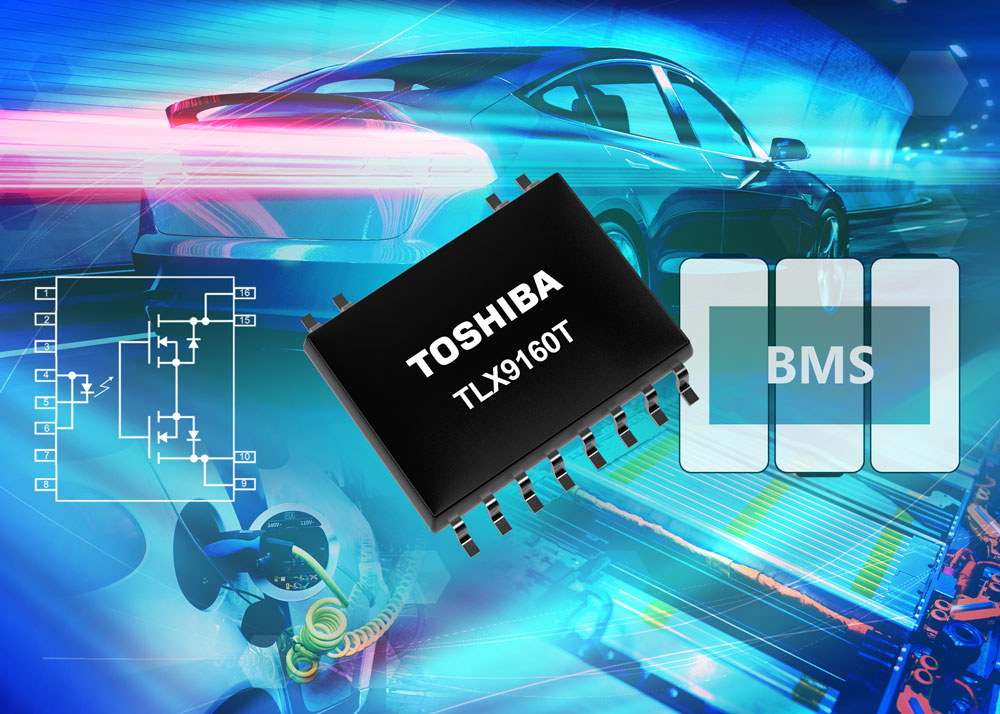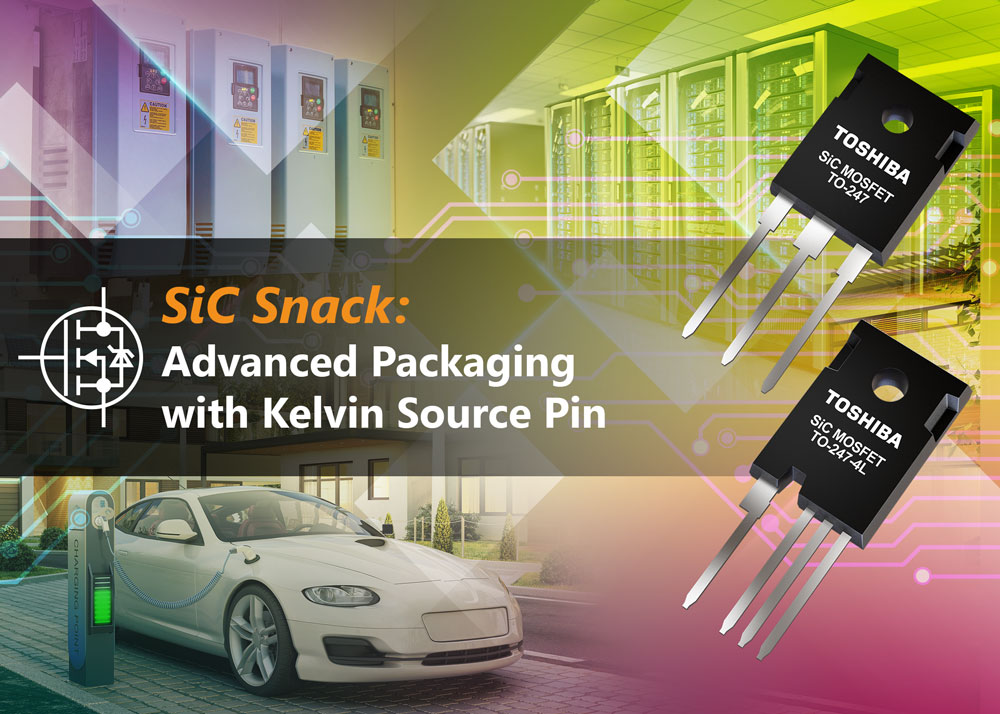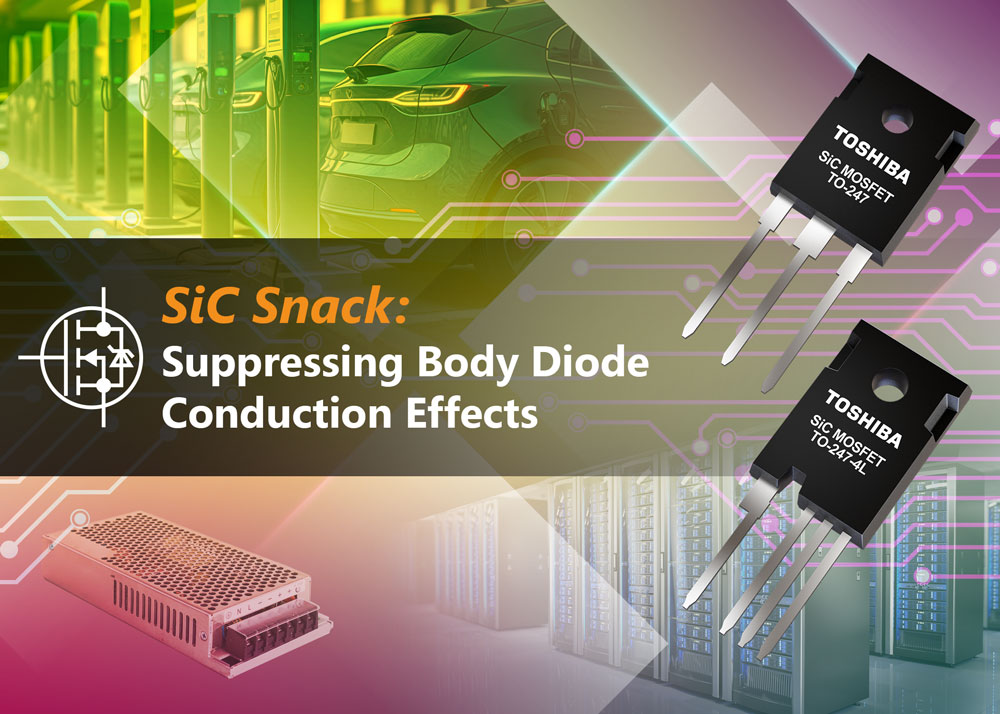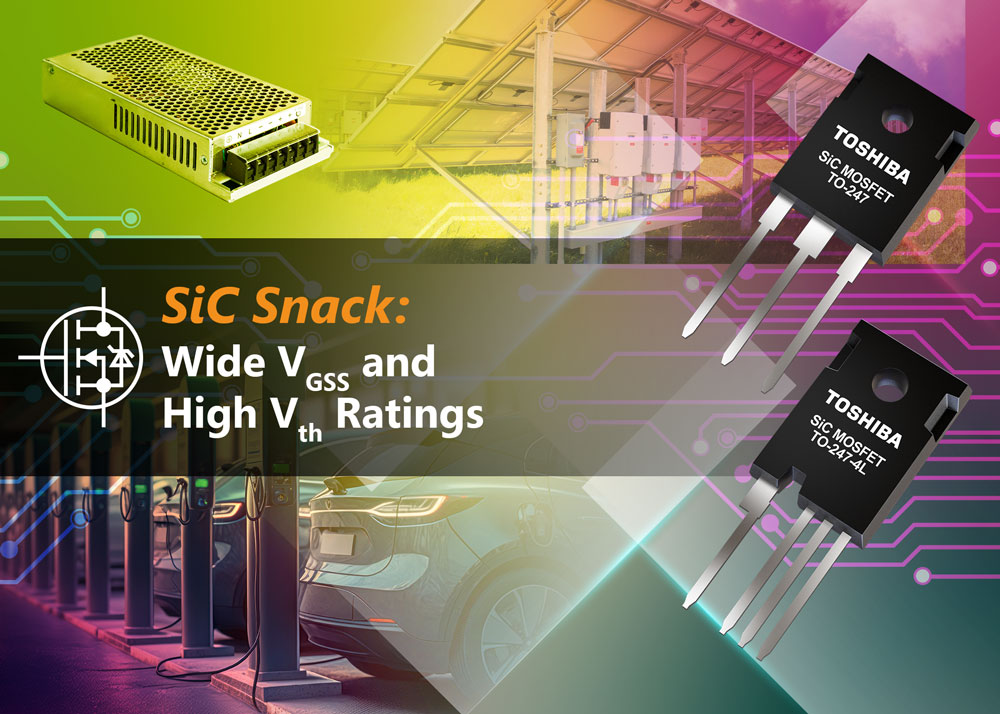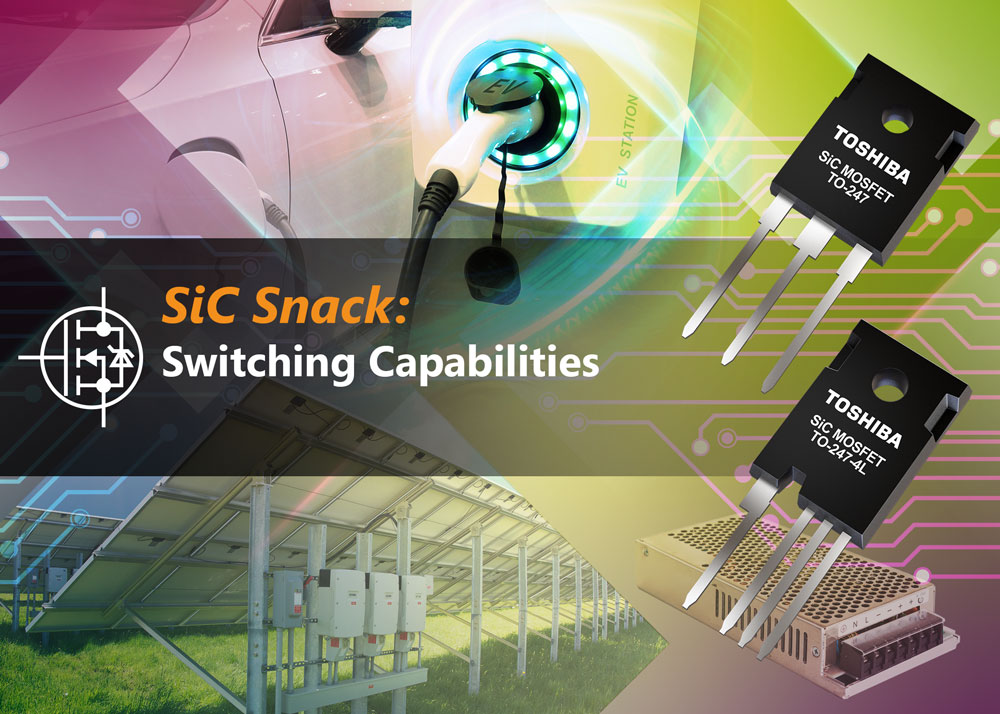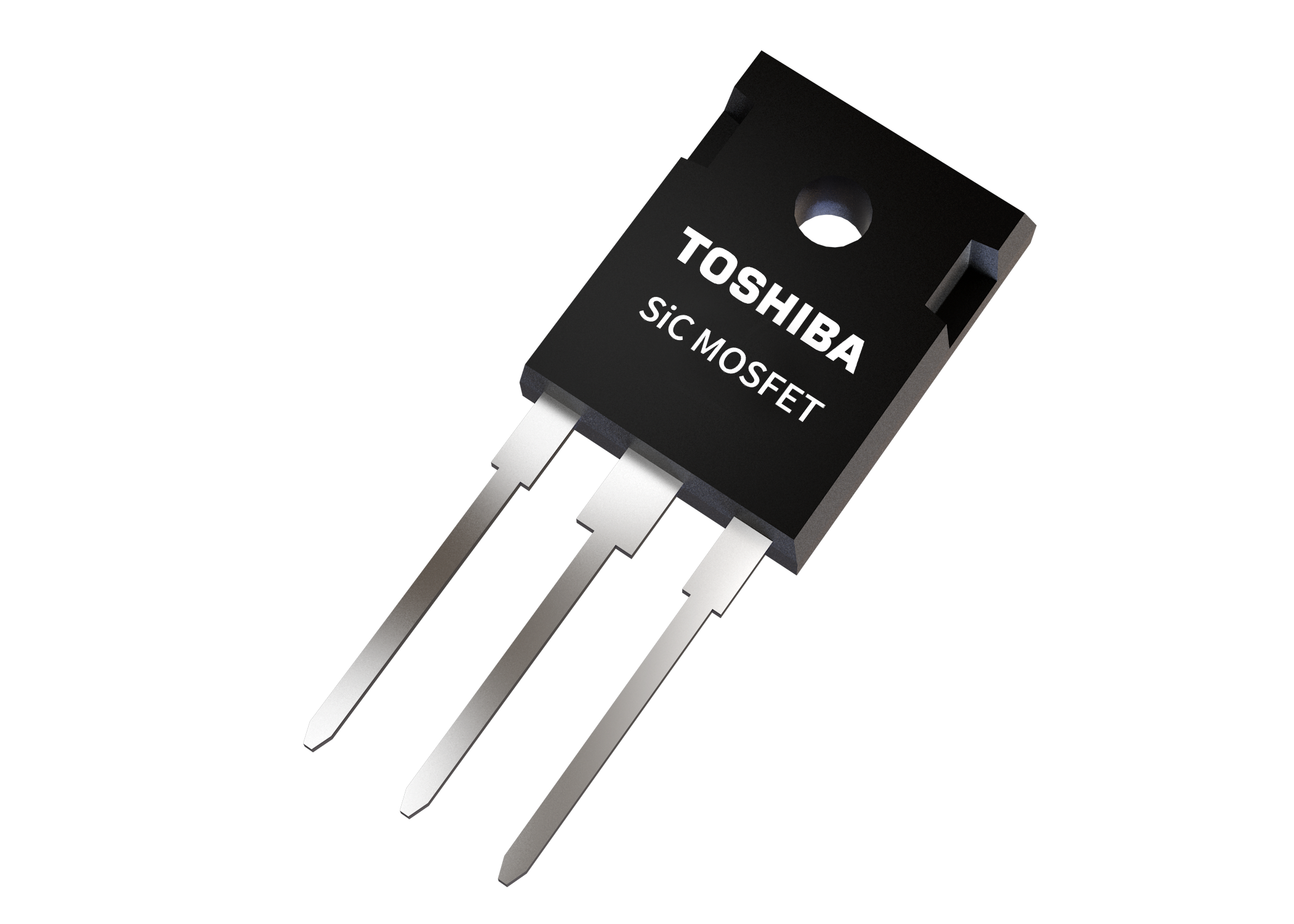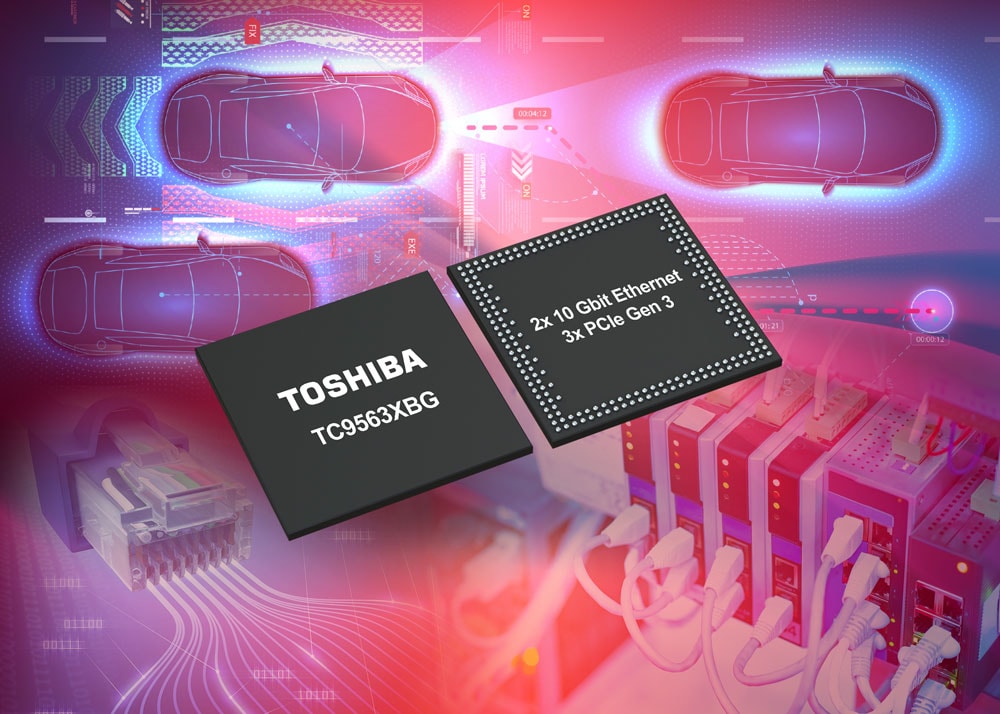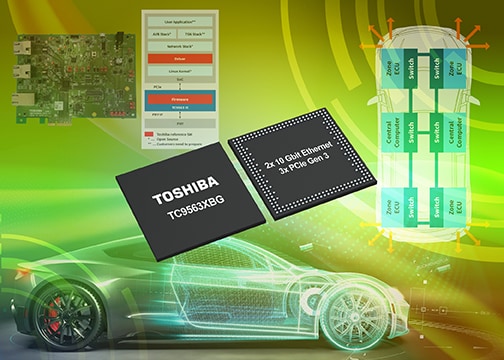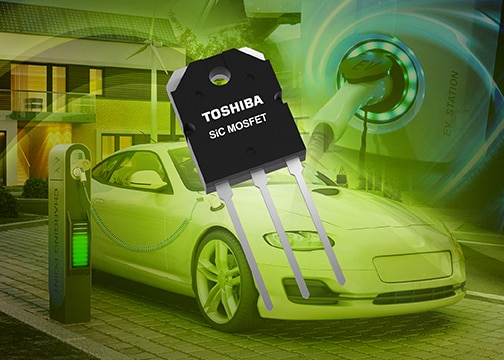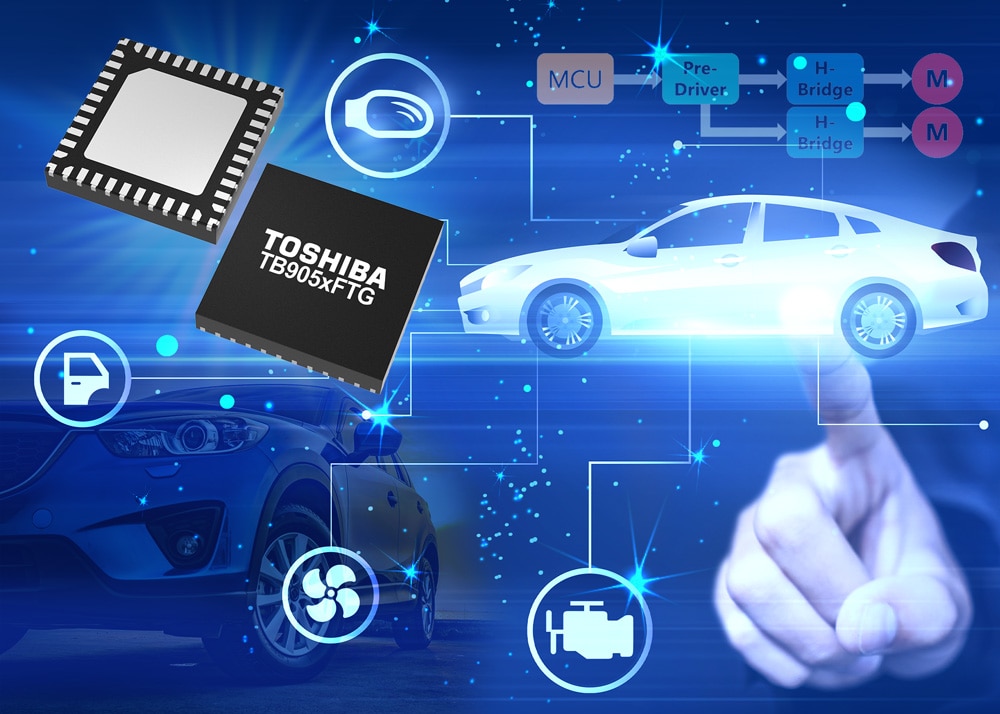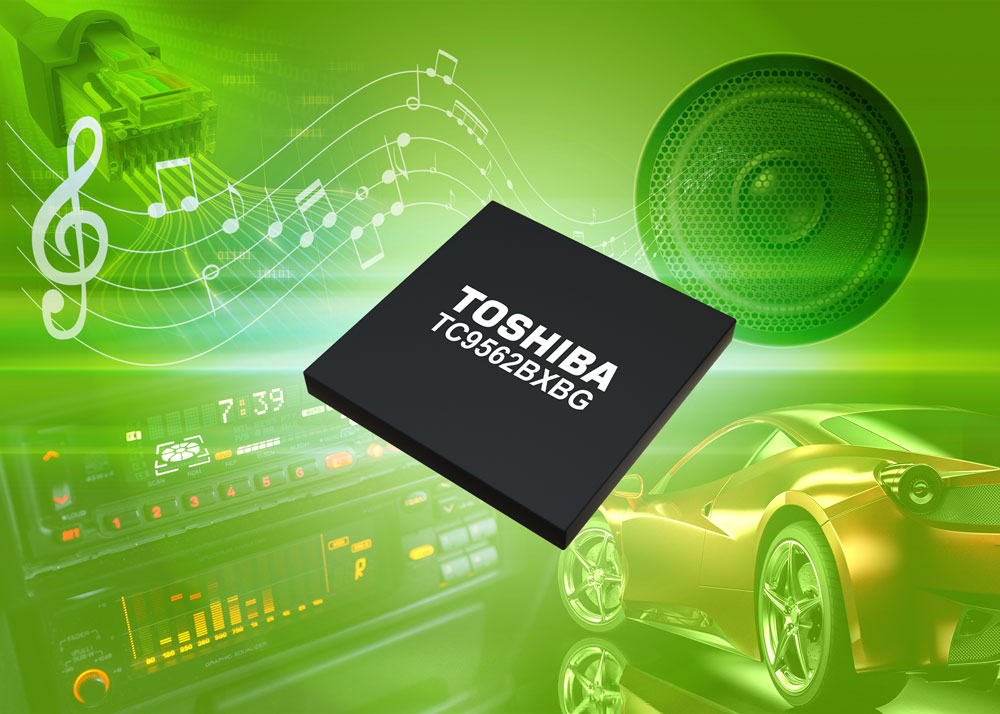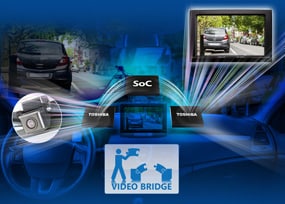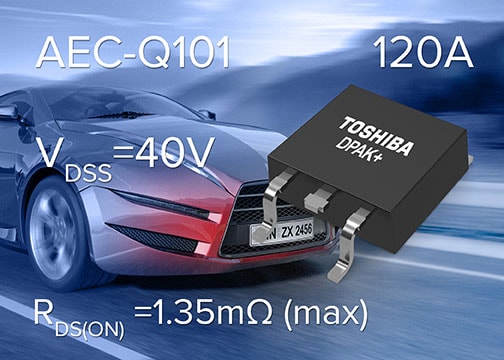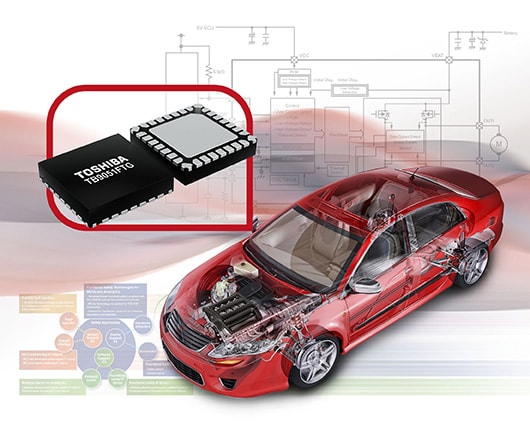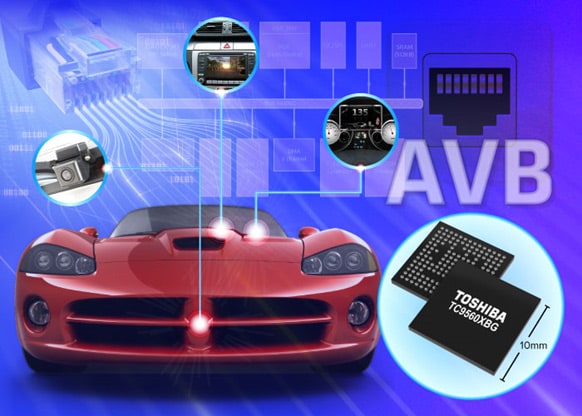- General Top
- SEMICONDUCTOR
- STORAGE
- COMPANY
-
My ToshibaSemicon
- Semiconductor Top
-
ApplicationsAutomotive
Body Electronics
xEV
In-Vehicle Infotainment
Advanced Driver-Assistance Systems (ADAS)
Chassis
IndustrialInfrastructure
BEMS/HEMS
Factory Automation
Commercial Equipment
Consumer/PersonalIoT Equipment
Healthcare
Wearable Device
Mobile
Computer Peripherals
-
ProductsAutomotive Devices
Discrete Semiconductor
Diodes
Transistors
Logic ICs
Analog Devices
Digital Devices
Wireless Devices
※
: Products list (parametric search)
Power SemiconductorsSiC Power Devices
※
: Products list (parametric search)
Isolators/Solid State RelaysPhotocouplers
Digital Isolators
Solid State Relays
Fiber Optic Transmitting Modules
※
: Products list (parametric search)
MOSFETsIGBTs/IEGTsBipolar Transistors※
: Products list (parametric search)
Diodes※
: Products list (parametric search)
MicrocontrollersMotor Driver ICsIntelligent Power ICs※
: Products list (parametric search)
Power Management ICsLinear ICs※
: Products list (parametric search)
General Purpose Logic ICsLinear Image SensorsOther Product ICsOther Product ICs
※
: Products list (parametric search)
-
Design & Development
Design & Development
Innovation Centre
At the Toshiba Innovation Centre we constantly strive to inspire you with our technologies and solutions. Discover how to place us at the heart of your innovations.
-
Knowledge
Knowledge
Highlighted Topics
Further Materials
Other
- Where To Buy
- Part Number & Keyword Search
- Cross Reference Search
- Parametric Search
- Stock Check & Purchase
This webpage doesn't work with Internet Explorer. Please use the latest version of Google Chrome, Microsoft Edge, Mozilla Firefox or Safari.
require 3 characters or more. Search for multiple part numbers fromhere.
The information presented in this cross reference is based on TOSHIBA's selection criteria and should be treated as a suggestion only. Please carefully review the latest versions of all relevant information on the TOSHIBA products, including without limitation data sheets and validate all operating parameters of the TOSHIBA products to ensure that the suggested TOSHIBA products are truly compatible with your design and application.Please note that this cross reference is based on TOSHIBA's estimate of compatibility with other manufacturers' products, based on other manufacturers' published data, at the time the data was collected.TOSHIBA is not responsible for any incorrect or incomplete information. Information is subject to change at any time without notice.
require 3 characters or more.
A simple solution to the challenges of Automotive Ethernet audio systems

Generic multimedia automotive head units are built around large, capable system-on-chip (SoC) processors. Over time, with the move to CDs and the introduction of DAB+ radio, together with mobile connectivity and smartphones, these systems have grown to be large and complex products. However, located centrally in the dashboard of most vehicles and wired to speakers and microphones around the vehicle, the topology has largely stayed the same. This inevitably limits the room to improve the in-vehicle multimedia experience.
One of the limiting factors has been a generic in-vehicle networking technology that can tackle a broad range of automotive applications. This would enable all applications to move to a network topology that simplifies the cable loom, reduces weight, and enables new approaches to implementing systems. Ethernet has been seen as a suitable networking technology for some time but, in the form we are used to, cannot be integrated into the vehicle. As a starting point, CAT5e type cabling is too rigid and heavy for a vehicle, while the lack of control over bandwidth reservation and latency causes further challenges.
Through the efforts of a range of working groups, these challenges have been tackled to make Ethernet suitable for the vehicle. Changes in the physical layer have enabled support for a simplified cabling approach. As a result, connectivity over an unshielded twisted-pair cabling is possible today at data rates of up to 1000 Mbits/s, in future even 10 Gbits/s and beyond will come into the vehicles. This provides plenty of bandwidth for the wide range of applications expected in the automotive space. In further OSI layers, further changes have been made thanks to the Audio Video Bridging (AVB) set of standards. IEEE 802.1Qat in layer 2 provides stream reservation, while IEEE 802.1Qav implements traffic shaping to stop bursts of traffic overwhelming the network.
With the introduction of Automotive Ethernet-AVB/TSN, the topology of in-vehicle audio systems can now change. The core functionality can be retained in the head unit but the heat-generating amplifiers can be moved to nodes where the speakers are actually being installed. In order to support road-noise reduction features or hands-free telephony applications, microphones can also be integrated into these nodes as well. Of course, the challenge now is how to ensure that audio data packets are presented to the listener from all nodes simultaneously, and the same for sampling incoming audio. This is where the timing and synchronization capability of IEEE 802.1AS, a subset of IEEE 1588, comes in. It provides a mechanism whereby a grandmaster network node provides a common time reference for playback and sampling.
Currently, available SoCs are often still not yet equipped with an Ethernet peripheral that supports these new features. In addition, a silicon solution needs to be sourced to implement the end nodes as well. Reviewing this challenge, Toshiba has developed the TC9562, a single-chip device that is equally at home together with an SoC or stand alone. At its center is a powerful Cortex-M3 processor, allowing an audio application to be integrated into the device. It also features a PCI express (PCIe) interface, enabling it to be interfaced with an SoC, ideal for head-unit applications. The device also features a range of features that aim to simplify the implementation of AVB applications. Audio streams on the TDM or I2S interface can be directly fed into the TC9562 and extracted from the Ethernet frames automatically, while the internal clock and audio-clock adjusts independently to the common time base.
To find out more about this novel technology for Automotive Ethernet systems and how the TC9562 can be used to implement in-vehicle audio applications, take a look at our white paper available here:


